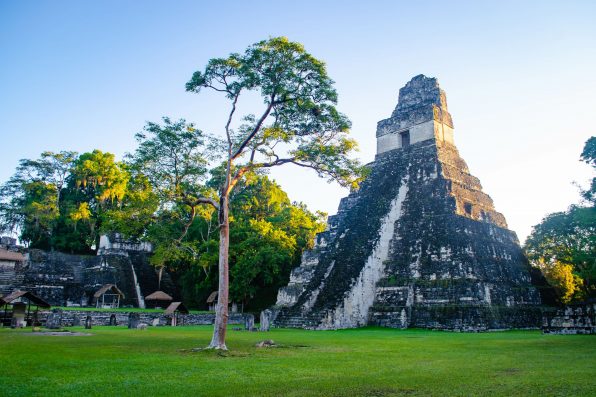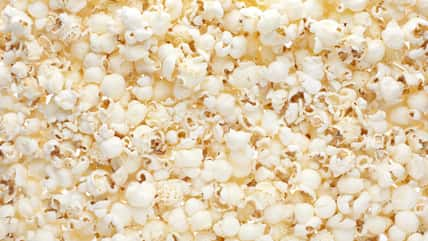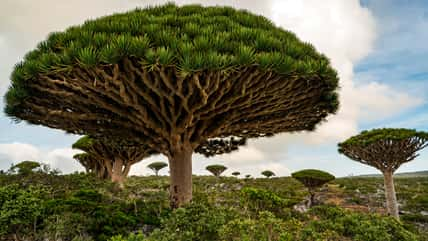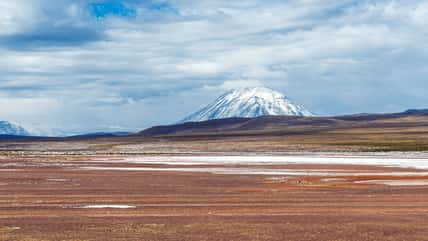In Guatemala, A Mosaic Jade Mask Was Discovered Within The Tomb Of An Ancient Maya King That Dates Back To 350 A.D.

Inside the tomb of an ancient Maya king, researchers have discovered a variety of noteworthy funerary offerings, including a mosaic jade mask.
The findings were made at an archaeological site known as Chochkitam, which was once an ancient Maya city. It is located in the dense rainforests of Petén, a region in northern Guatemala.
The tomb dates back to 350 A.D., making it one of the oldest royal burials from the Maya Classic Period ever to be found. The Maya Classic period took place between 250 and 900 A.D.
For more than 3,000 years, the Maya civilization ruled over the areas that are now southeastern Mexico, Guatemala, Belize, western El Salvador, and Honduras. Their reign ended with the rise of Spanish colonization.
The ancient Maya were well-known for their architectural feats, advanced calendar, and mathematics system. They were also responsible for creating the most fully developed writing system in pre-Hispanic America.
Researchers have been aware of the existence of Chochkitam for over 100 years, but no excavations have occurred at the site until recently. A team of archaeologists used lidar, a remote sensing technology involving lasers that examines the surface of the earth, to detect the tomb.
The tomb where the jade mask was unearthed was relatively intact even though looters had infiltrated the site and stolen many other artifacts. The lidar scans revealed that the looters had tried to dig into an ancient pyramid to reach the tomb. However, they gave up just before they reached it.
The stone ceiling of the tomb had collapsed in on itself, but other than that, it seemed to appear untouched. When the team went through the contents of the tomb, they discovered a mostly decayed skeleton, a series of offerings that included 16 rare mollusk shells and human femurs decorated with carvings, and a number of jade pieces scattered on the skeleton’s chest.
In total, there were 33 pieces of jade that, when put together, resulted in a mask. These kinds of masks had been documented in other royal burials at ancient Maya sites. They often represent deities or ancestors. The researchers think this particular mask depicted the Maya storm god.

Diego – stock.adobe.com – illustrative purposes only
The mollusk shells came from a spiny oyster that Maya royalty used as jewelry and currency. Some of the carvings on the femur bones contained images portraying a man holding a jade mask that resembles the one found in the tomb.
Other bone fragments bore hieroglyphics that included the name of the king and two of his ancestors, which researchers think are the king’s father and grandfather.
The bones and the mask are important because they help shed light on the ruler’s level of wealth and influence.
These objects linked the king to other major kingdoms, namely, the Maya states of Tikal and Teotihuacán.
The researchers have conducted a DNA analysis on the bones to determine whether the individuals were related to the king and are awaiting the results. They will also continue excavating the site in the hopes of revealing more treasures.
Sign up for Chip Chick’s newsletter and get stories like this delivered to your inbox.
More About:News





